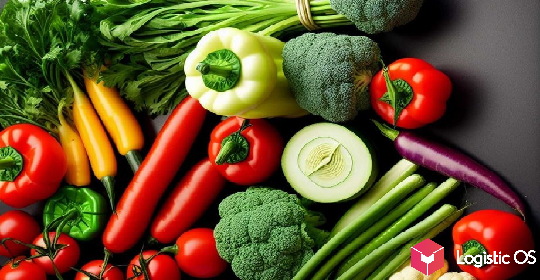Wheat prices increased in August FOB, as well as other types of wheat.
It happened simultaneously in America, Europe and Russia.
In US ports, SRW wheat cost $ 281 per ton at the end of July, and about $ 285 at the end of August. During this time, she crossed even the psychologically significant $ 300 mark.
A similar situation is with wheat HRW 11%: in a month it has risen in price from $ 305 to $ 312. Wheat HRW 14% increased in price even more: from 406 to 432 dollars.
Roughly the same thing is happening in Europe.
For example, over the same period of time, French wheat has risen in price from $ 270 to $ 301, and in Russia — from $ 258 to $ 298.
So what do we see?
The maximum increase occurred in Russia (by $ 40 per tonne, while in Europe it was about 30, in the USA — from 4 to 26).
At the same time, Russia today still retains the most attractive price of wheat ($ 298 per ton, while France offers its goods at $ 301, and the United States — at a price of up to $ 409).
As a result, Russian wheat remains competitive even under new conditions.
There are several factors that lead to price increases:
Relatively low yields around the world in the current season.
Currency inflation in many countries (consequences of the pandemic).
The reluctance of producers to sell their crops at low prices, expectation of higher ones.
“Wheat prices are challenging: in July they rose to their highest level since mid-2014, driven by concerns about the current year’s harvest due to prolonged drought in the US and Canada, heavy rains in Europe lower than expected by the volume of the first harvested crops in Russia ”, — noted the associate professor of the Department of Finance and Prices of the PRUE. G.V. Plekhanova Maria Dolgova.
Another important reason for the observed rise in prices is the export restrictions that are applied by many countries.
For example, the United States and Canada have already announced that they will sell less grain and raise duties due to low harvests.
France, Hungary, Romania and other countries, which are traditionally considered important suppliers of agricultural products, do the same.
Russia does not lag behind them, which recently increased the export duty on wheat by $ 7.1 per ton.
At the same time, other crops are getting cheaper against this background.
For example, over the past month, a ton of soybeans in the United States fell by $ 13 (to 542), and corn by $ 14 (to 264).
Russian corn remained almost unchanged in price (up $ 4 to 272).

